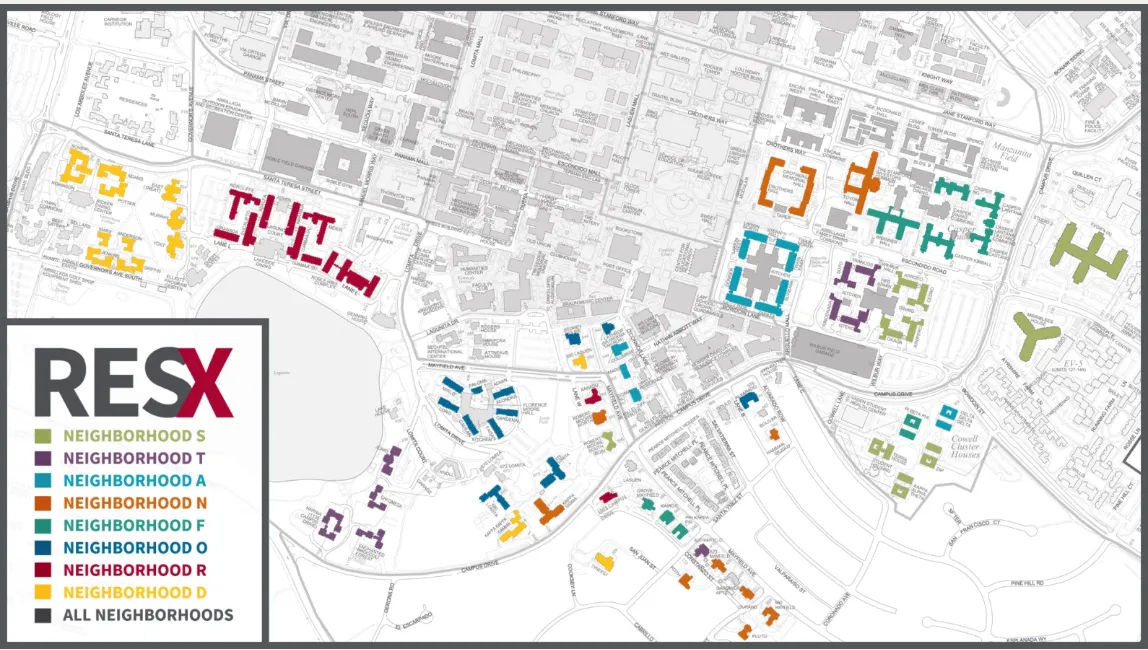Table of Contents
I spent my first year on Stanford’s campus living in Lantana, an all-sophomore dorm. Late-night Taco Bell runs, deep conversations in the lounge, and contentious dining hall debates about international policy were common. I made some of my closest friends through living in Lantana and had experiences that I will cherish forever. I felt at home.
My experience is commonplace. Stanford students seem to be fulfilled by relationships they make in their first year on campus. Reportedly, though, this momentum does not carry over into later years for many students.
Shirley J. Everett, Senior Associate Vice Provost for Residential and Dining Experience explained in a 2021 announcement that students felt a loss of community after their freshman year, when tight-knit dorm relationships dissolved and dorm mates dispersed across campus:
“Many students communicated the desire to develop relationships and experience a sense of community in their frosh year, and have the opportunity to learn and grow in that same community during their undergraduate years at Stanford,” Everett explained. So in April of 2021, Stanford’s administration announced the advent of the Neighborhood System, which split undergraduate student housing into eight creatively named neighborhoods: S, T, A, N, F, O, R, and D. Instead of being assigned to a freshman dorm for the first year then applying anywhere else on campus for later years, students now apply to and are placed into one of the neighborhoods, residing there for all four years on campus. Administrators promised that the neighborhoods would become students’ ‘Stanford homes,’ where “late-night conversations turn into lifelong friendships.”
In theory, having a community to learn and grow in for four years might sound great, until you learn that these communities are spread out awkwardly across campus and made up of residences that have nothing in common. For example, both Toyon Hall and Kappa Sigma are part of the same neighborhood. What shared values, exactly, do the brothers of Kappa Sigma have with the underclassmen of Toyon Hall? Will Kappa Sigma and Toyon ever share coherent values? How are these two places supposed to form a tight-knit community — especially when they are located almost a mile away from each other? How can students feel a sense of belonging to a neighborhood when their “neighbors” are spread out across campus? The hard truth of the matter is this: a grab bag of student residences spread out over campus probably will not ever form a meaningful community.
The situation in EVGR and Mirielees is even more comical. Every floor of both buildings is divided among all eight neighborhoods, which defeats the purpose of the system entirely. Why should students who live in the same building and see one another every day be separated by neighborhood gerrymandering? How are students in EVGR and Mirielees supposed to feel a sense of belonging in their neighborhood — or even remember which one they’re in?
Not only does the Neighborhood System fail to create community, it also prevents students from building their own sense of community after freshman year. Before neighborhoods, everyone was assigned to a freshman dorm, where they got to know fellow residents through structured activities and everyday life. After freshman year, students could enter the housing draw to live with friends, find a new community in a theme house or upper class dorm, or even do both. By restricting upperclassmen to an eighth of campus housing, the new neighborhood system prevents students from choosing dorms that appeal to them most and makes it nearly impossible for them to room with friends, as students are not allowed to draw with peers from other neighborhoods.
The neighborhood system’s reasonable goal of helping students maintain community during their four years at Stanford has accomplished just the opposite. It imposes an unnecessarily rigid housing system on students, curtails students’ freedom, and prevents them from building their own Stanford experience. It’s time for Residential Education to admit that the Neighborhood System experiment has failed and return to the old system of housing.





